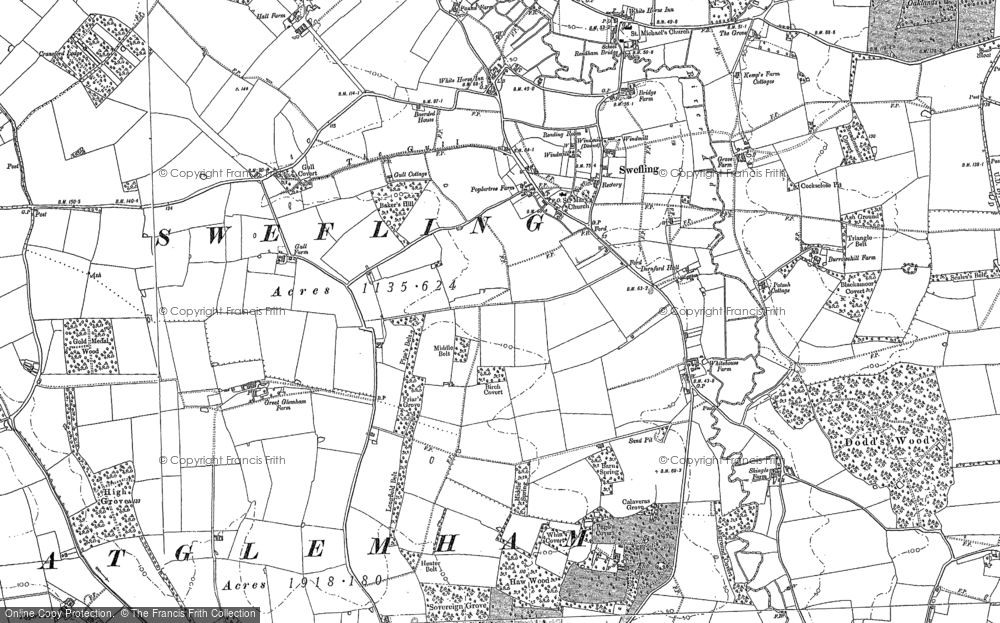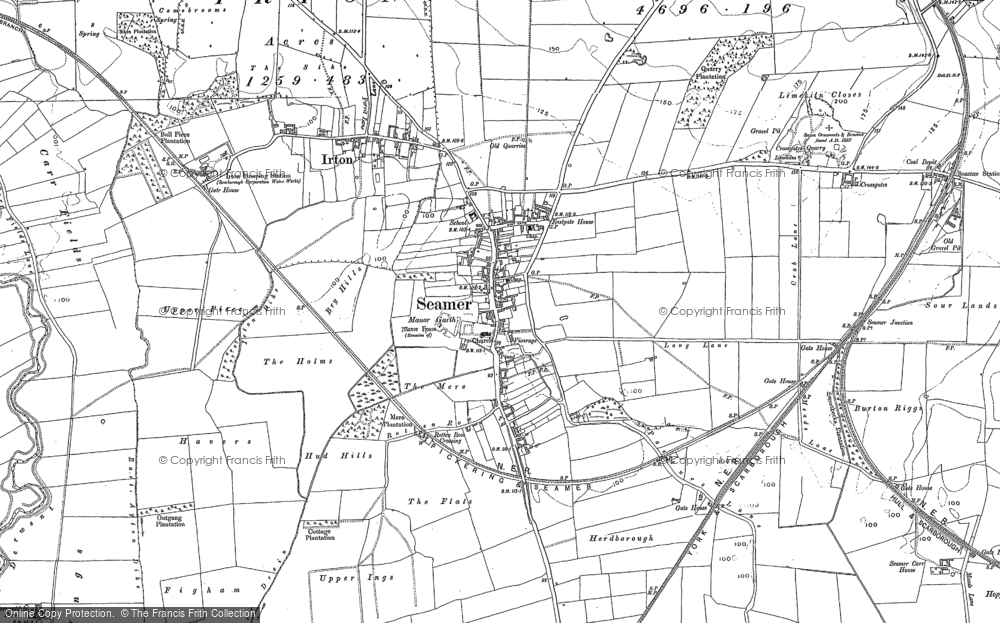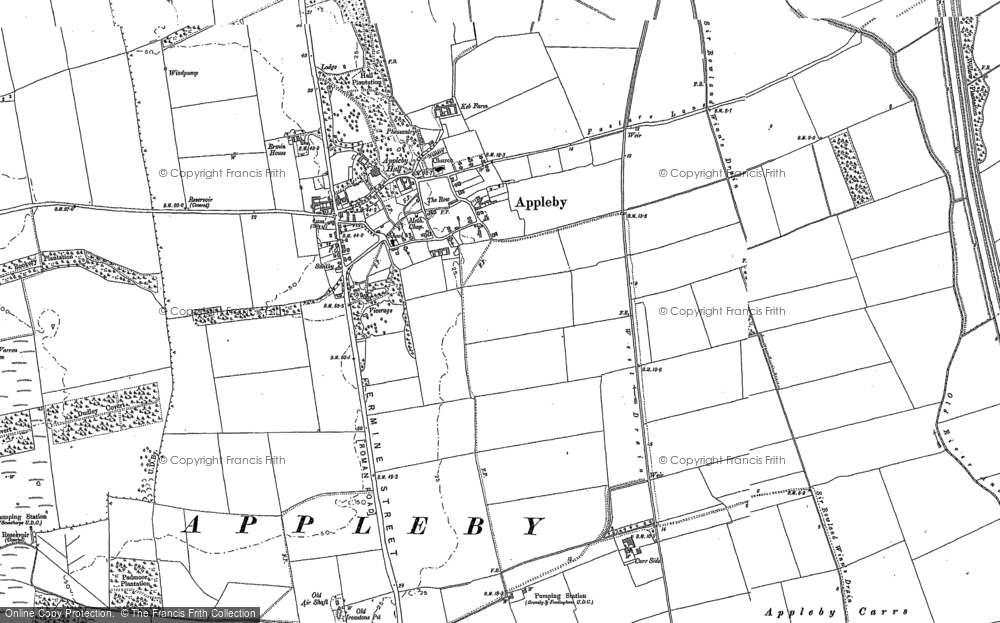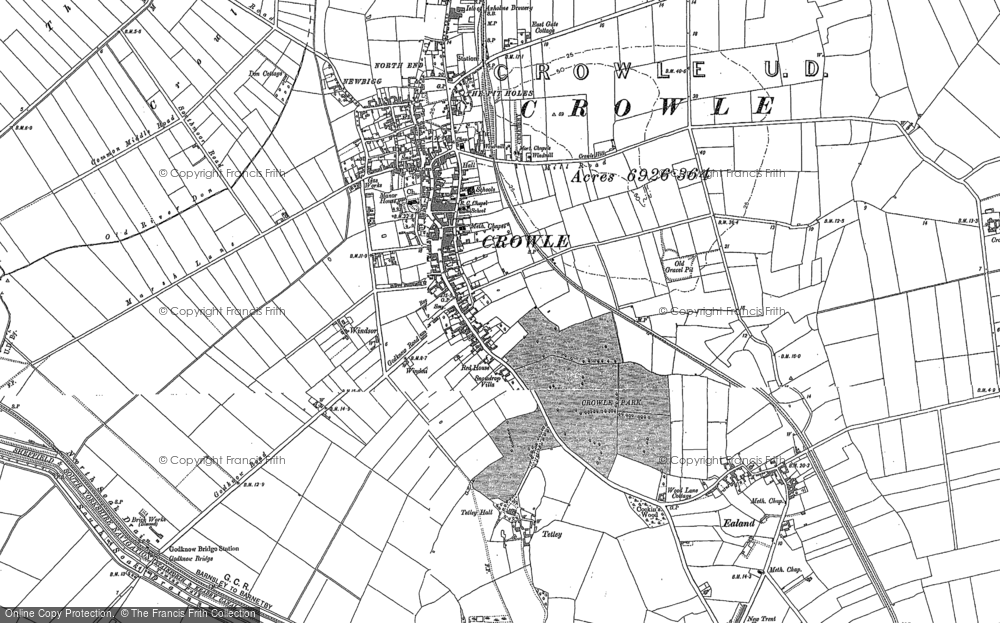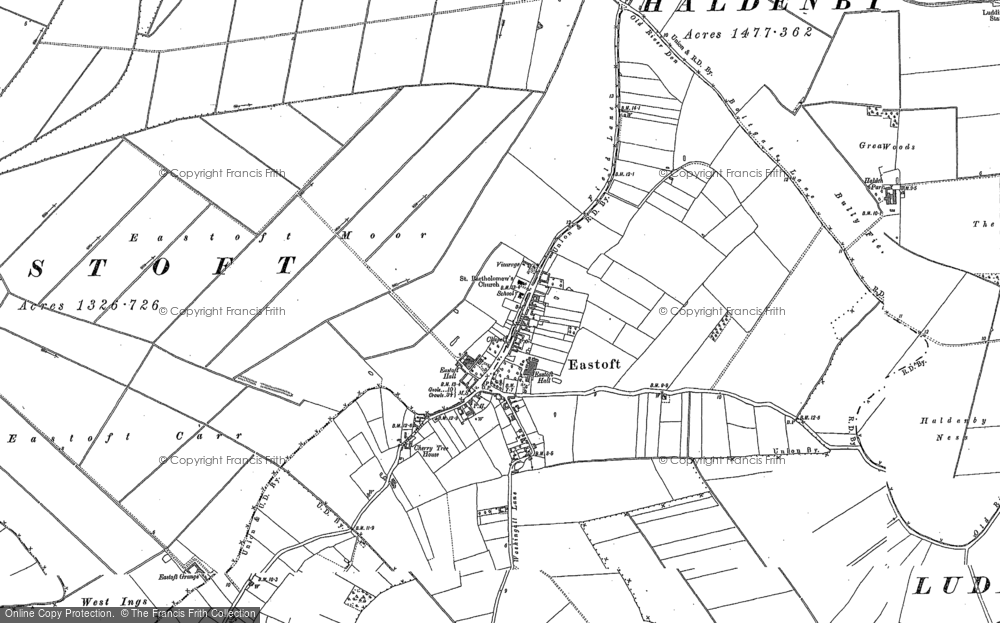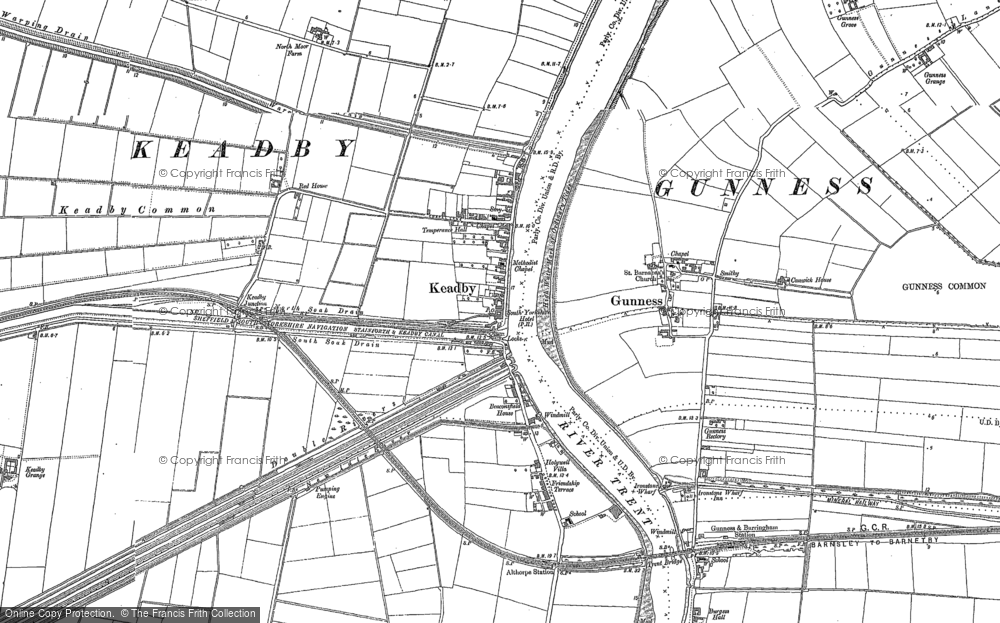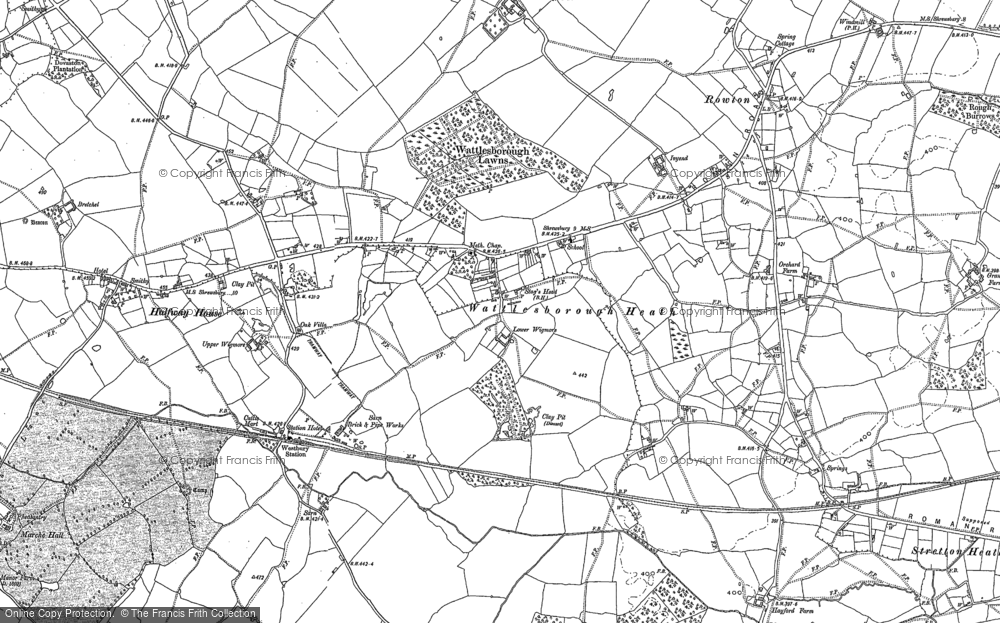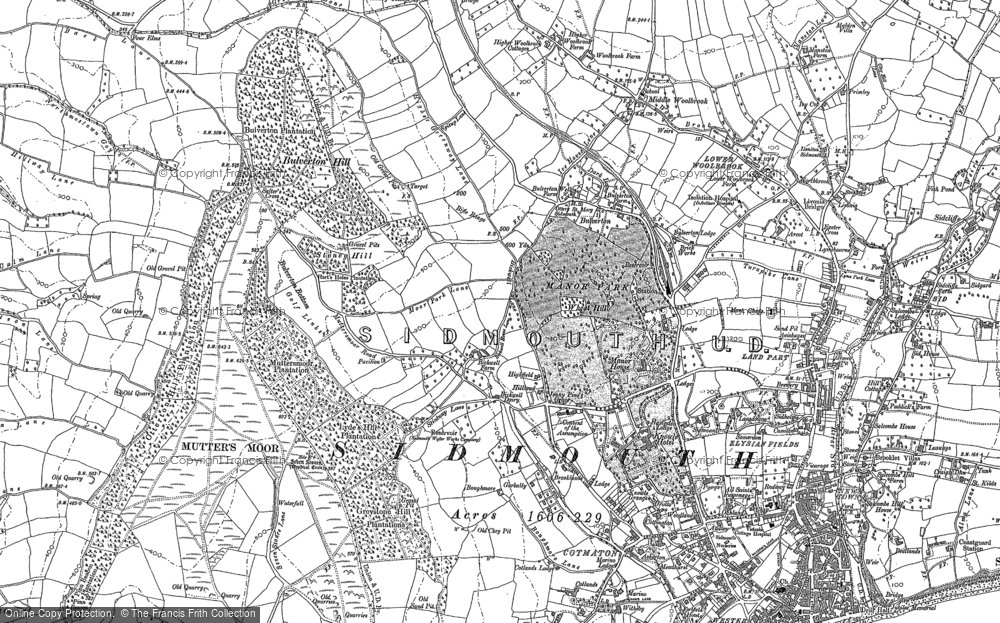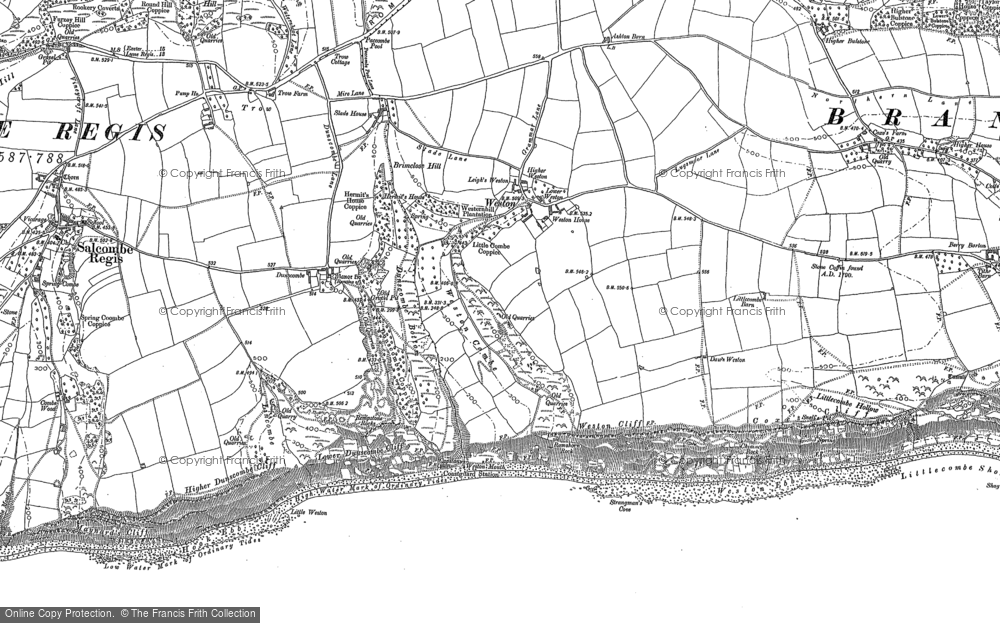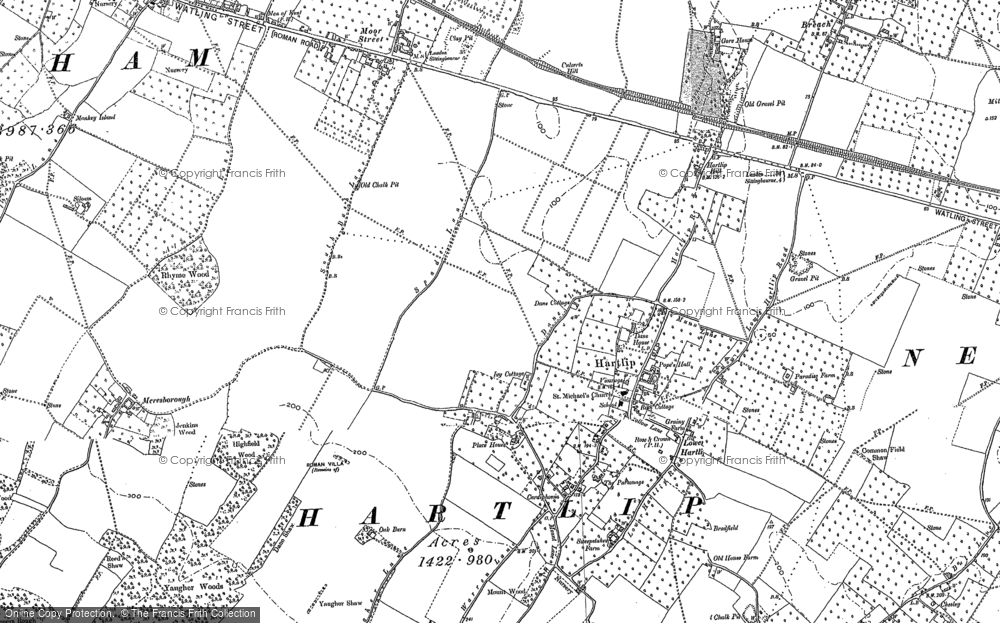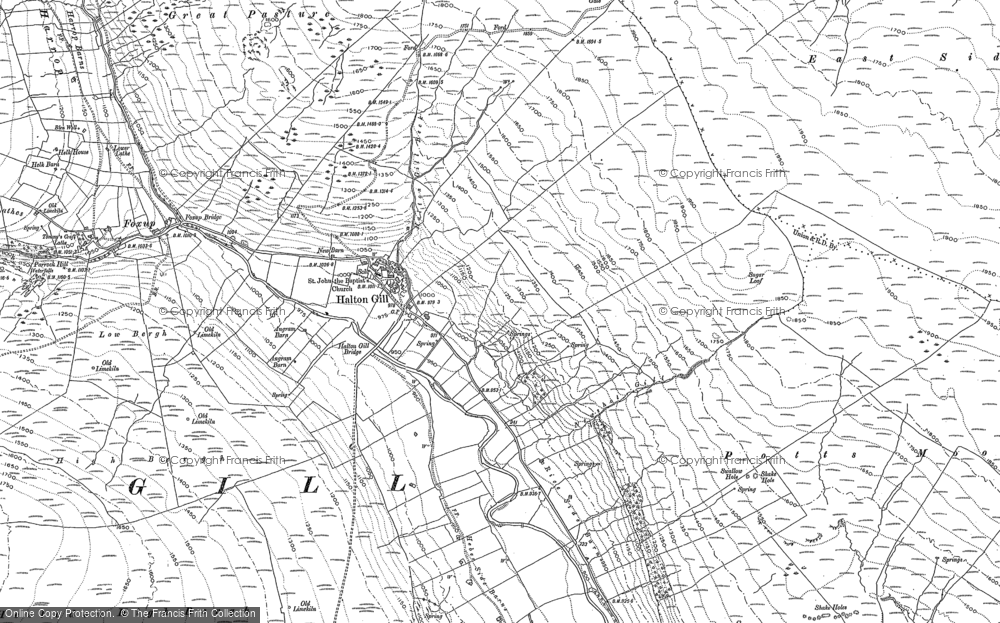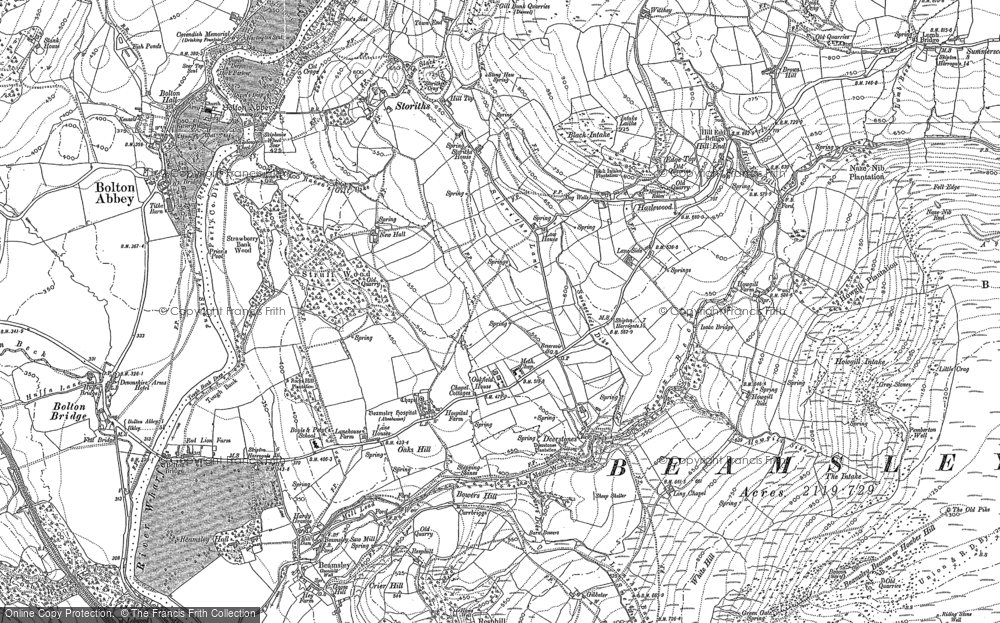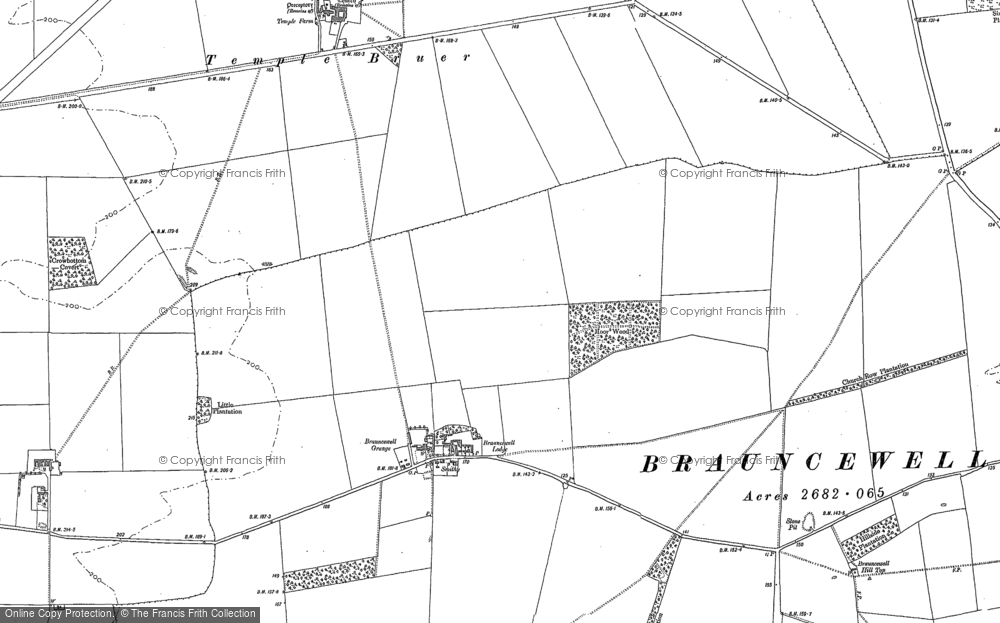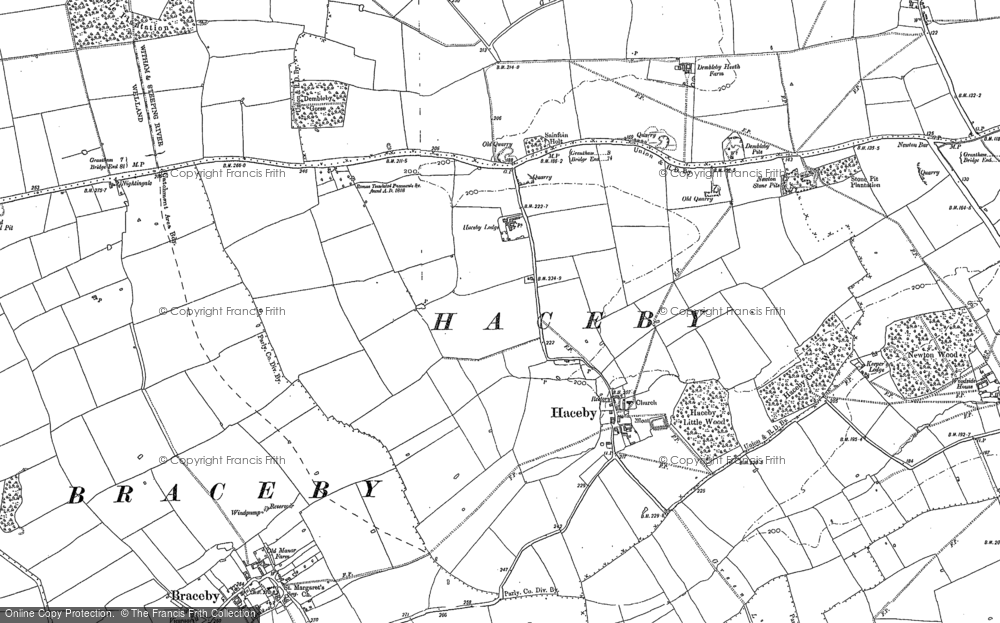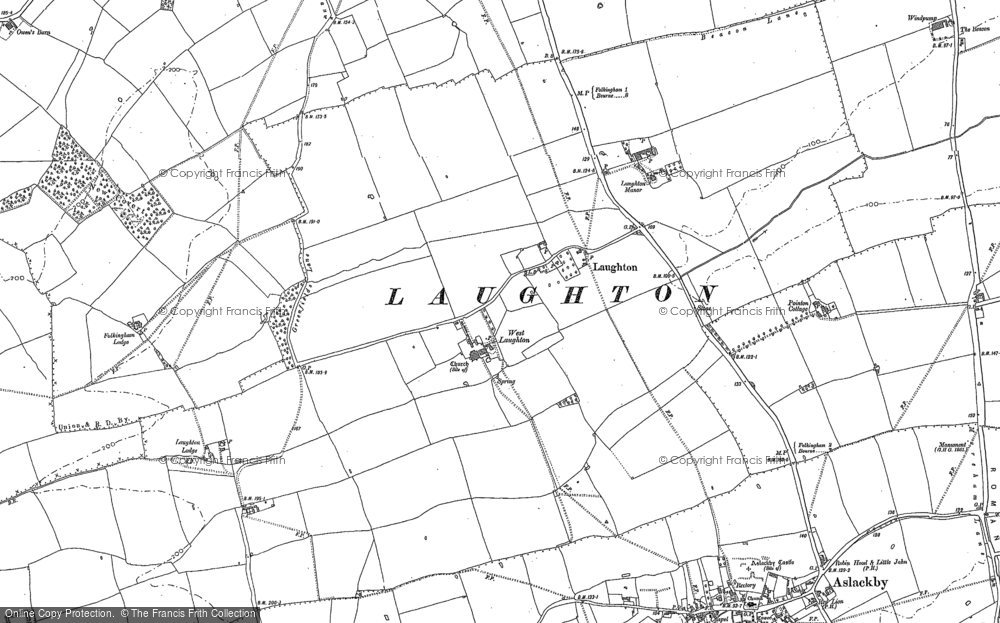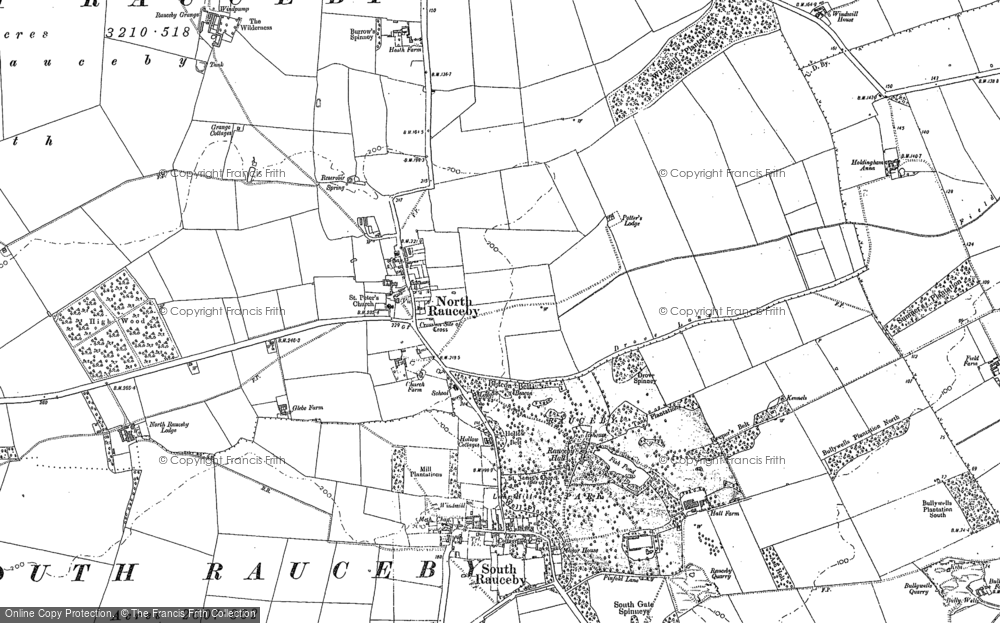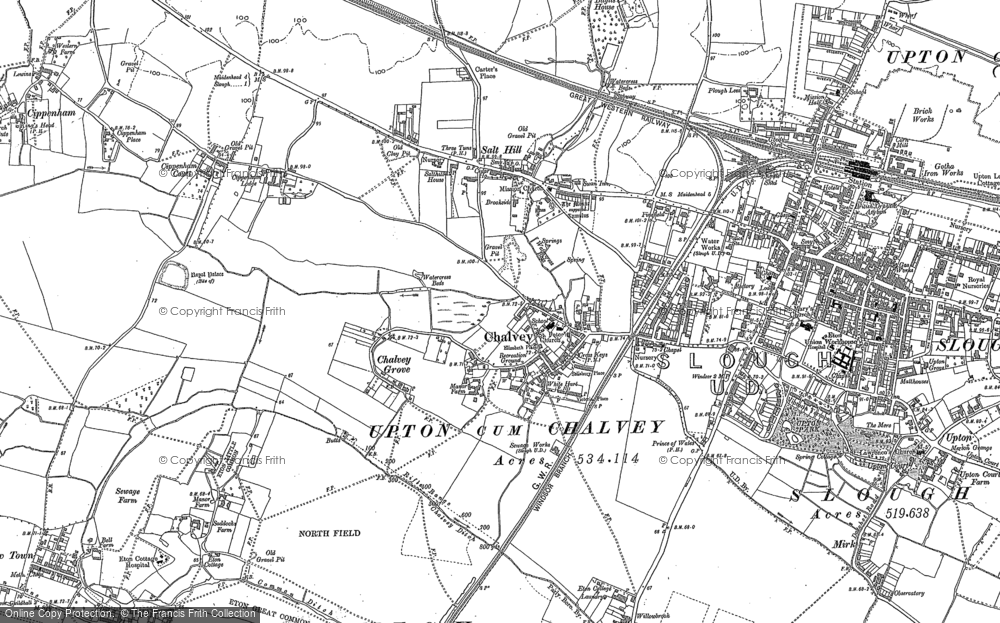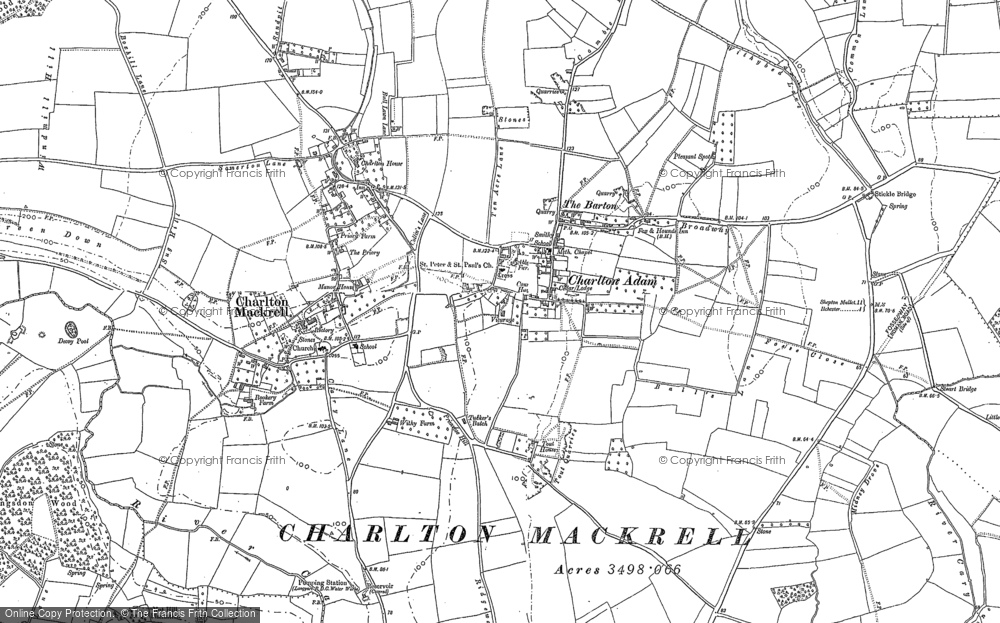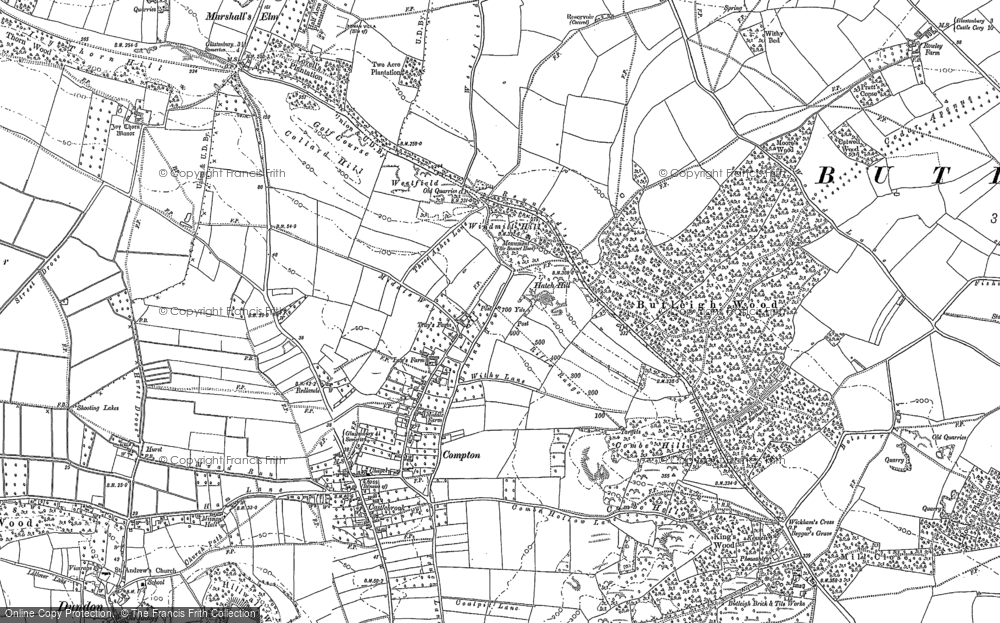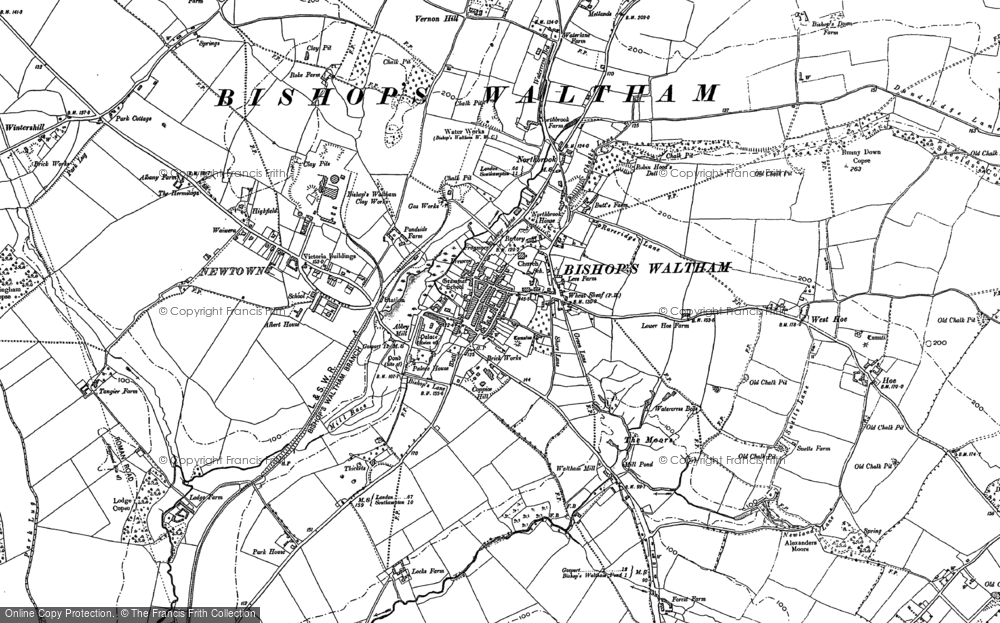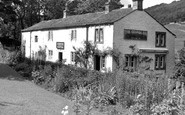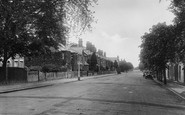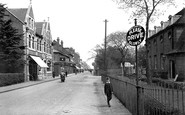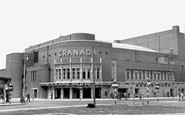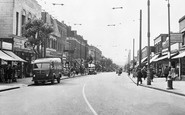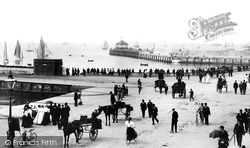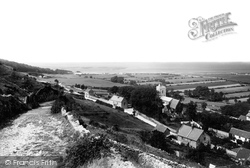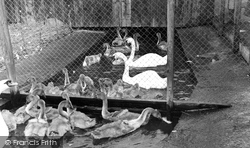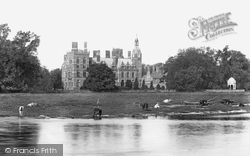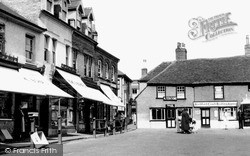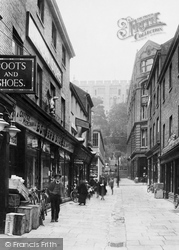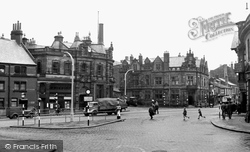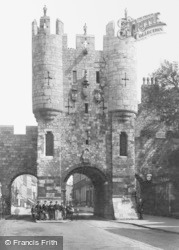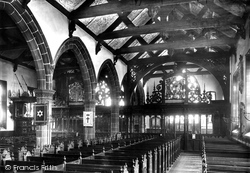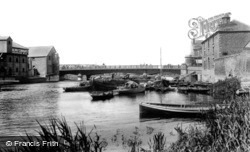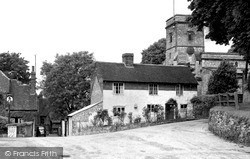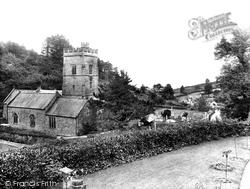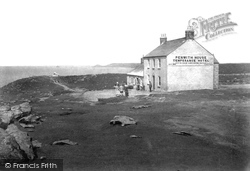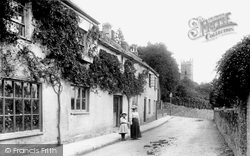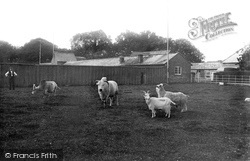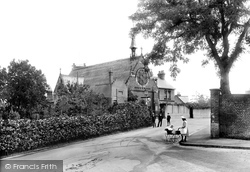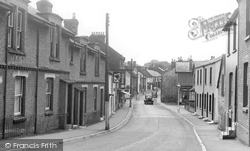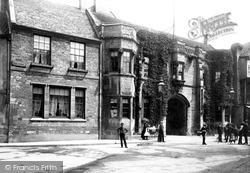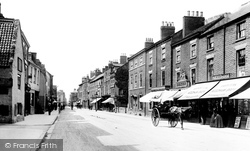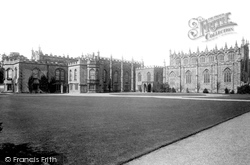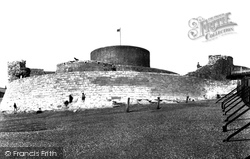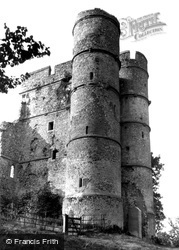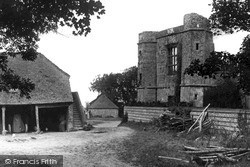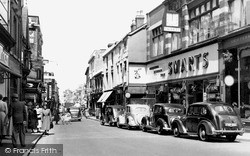Places
36 places found.
Those places high-lighted have photos. All locations may have maps, books and memories.
- Shanklin, Isle of Wight
- Ventnor, Isle of Wight
- Ryde, Isle of Wight
- Cowes, Isle of Wight
- Sandown, Isle of Wight
- Port of Ness, Western Isles
- London, Greater London
- Cambridge, Cambridgeshire
- Dublin, Republic of Ireland
- Killarney, Republic of Ireland
- Douglas, Isle of Man
- Plymouth, Devon
- Newport, Isle of Wight
- Southwold, Suffolk
- Bristol, Avon
- Lowestoft, Suffolk
- Cromer, Norfolk
- Edinburgh, Lothian
- Maldon, Essex
- Clacton-On-Sea, Essex
- Norwich, Norfolk
- Felixstowe, Suffolk
- Hitchin, Hertfordshire
- Stevenage, Hertfordshire
- Colchester, Essex
- Nottingham, Nottinghamshire
- Bedford, Bedfordshire
- Bury St Edmunds, Suffolk
- Aldeburgh, Suffolk
- St Albans, Hertfordshire
- Hunstanton, Norfolk
- Chelmsford, Essex
- Bishop's Stortford, Hertfordshire
- Peterborough, Cambridgeshire
- Brentwood, Essex
- Glengarriff, Republic of Ireland
Photos
11,144 photos found. Showing results 15,501 to 11,144.
Maps
181,031 maps found.
Books
442 books found. Showing results 18,601 to 18,624.
Memories
29,040 memories found. Showing results 7,751 to 7,760.
Quarry Bank High School
I left Quarry Bank in 1953 to go to America. I later found I attended when John Lennon was there. I have never understood why he was killed. I lived in Aigburth and lost contact with all my friends. I still think of Aigburth as home.
A memory of Liverpool in 1952 by
1952
I stayed at Netherside Hall in 1952, Mr Anderton was the headmaster. I have some vivid memories of the school and grounds, but I am hopeless with names, only a couple come to mind, John Firth, Ronnie Reeves. I was the only boy I think ...Read more
A memory of Hubberholme in 1952 by
Childhood Memories Of Cleator Moor
I was born and lived in Reada Terrace near Frizington, Cleator Moor, my parents were Jerry and Margaret Hayhoe and we moved down to Doncaster in Yorkshire roundabout 1964. I can remember St Paul's School in ...Read more
A memory of Cleator Moor by
?Reading Road
If I'm right this is Reading Road: 'Aunty Jean' ran a pre-school playgroup and lived at the end of this road.
A memory of Farnborough in 1971 by
Lynchford Road
This picture shows what is now Lloyds Bank with the edge of the North Camp Methodist church on the left where I went to Sunday school and Brownies in the church hall.
A memory of Farnborough by
Saturday Morning Pictures
Guessing around 1069, I'd been about 10 then. I have many memories of going to Saturday morning cinema with my sister, and I remember my dad telling me of having similar memories. I lived at the top of St John's Hill, ...Read more
A memory of Battersea in 1969 by
Seeing Orkney From Dunnet Head 1975
We toured entirely around Scotland in the Summer of 1975 in our Land Rover. It came as something of a shock to discover how long some of our drives took as the narrow and steep roads with passing places seemed ...Read more
A memory of Dunnet in 1975 by
The Hough
when I was about a year old I moved to the Hough from Englesea Brook, where my parents lived for a couple of years. I went to school at Shavington and was good friends with John Addison, Alan Giller (the latter ...Read more
A memory of Hough by
End Of The Great Days
From Billy Bell: I remember the good days at the regatta, going to Hexham to row on the Tyne and then we grew up. I went to work at Hamsterly collierly then when I was 16 I worked underground, I had my own pit pony, driving tubs of coal to the landing to go to the bank which is the surface.
A memory of Ebchester in 1963 by
A Schoolboy's View Of Bexleyheath In The Early 1950s
I went to school in Bexleyheath between 1950 and 1954. I believe the school was in Pelham Road but I can't be sure. Maybe there was a separate infants department in North Street? My first ...Read more
A memory of Bexleyheath in 1950 by
Your search returned a large number of results. Please try to refine your search further.
Captions
29,395 captions found. Showing results 18,601 to 18,624.
This shows the New Pier, and the foot of the 'old pier' complete with its own attraction in the form of a coffee stall. The day seems to have been warm enough to keep the ice cream vendor busy.
The photographer is standing on Monks Hill, looking down the winding road that leads to the centre of the original village.
The swannery was probably created to provide food for the abbey on high days. The monks made a duck decoy tunnel to ensure that the abbot's table was well supplied.
Designed by Sir Gilbert Scott, (who, obviously, also worked on London's St Pancras station) and built in 1864, this was the third house on the site and at the time of the photograph was owned by the
The awnings above the shops shelter busy shoppers, whilst often displaying the name of the store. An attractive street lamp can be seen in the centre of the picture.
This tiny street of small shops offers a glimpse of the city's gleaming white castle, which rises from a great mound raised in prehistoric times.
It has the usual mixture of banks and public houses on its corners. A National Savings Centre is tucked away on the left of our picture, and the Millstone Hotel is at the far side.
In the 10th century, when permission was granted for a house to be built on the bar, the yearly rent charged was sixpence.
The interior is unusual, being in the form of two naves, rather than nave and aisle.
This photograph reveals the 1860 iron structure, and the business and bustle of a working port.
The Black Boy is on the left, with the Victorian school, now a house, beyond the car. The ugly lean-to on the cottage has been replaced by a conservatory, and the railings by a rubble stone wall.
The earliest mention of this Norman church is 1149, although during the reign of King Athelstan (AD925-940) there was a wooden church here.
A few visitors are making the best of their visit to the bleak and windswept cliff top.
The Church of St Peter, St Paul and St Thomas of Canterbury was built in the 15th century; it was extended in 1858, when the north aisle was added.
These goats and cattle, watched over by their proud custodian, are representative of a fashion indulged in by many major landowners during the 19th century for breeding and raising unusual
There is an interesting group in front of the attractive church. The man in the white hat in the background and the three boys in front of him are all looking this way.
During a French attack on England in 1545, a large fleet of warships anchored off Brading harbour in the hope that the English fleet could be lured out of Portsmouth.
The Angel Hotel is a remarkable late 15th-century stone-built inn, rebuilt on the site of a Knights Templar hostel where King John had held court in 1213; in this building Richard III signed the Duke of
Sad to say, this is an archive view, for since 1904 all the dignified Georgian and early Victorian buildings on the right have been replaced as far as the middle distance building with a corniced parapet
Begun as a manor house, Bishop Auckland was castellated around 1300, though much of the building shown here dates from the extensive alterations carried out in the 17th and 18th centuries.
Situated between Hythe and Folkestone, Sandgate Castle was yet another of Henry VIII's fortifications; it was built with rounded bastions in the German style.
Set high on a spur of land overlooking the river Lambourne, Donnington was probably founded in the 11th century; it eventually became the property of Sir Richard de Abberbury.
Its prior, as the agent of the abbey of Grestian, used its vast medieval barn to store the produce collected from the abbey's other estates, which were located in half a dozen other counties.
Smarts occupies part of a block known as Bordeaux House, so named because when it was built in 1894 it was the home of a wine importer, Rutlands.
Places (6814)
Photos (11144)
Memories (29040)
Books (442)
Maps (181031)


